Kitromilaki or Nerantzi Glyko, is a fruit preserve made with Seville Oranges when they are small and the seeds have not yet developed inside.
The Seville, or the bitter orange (Citrus x aurantium) is believed to be a hybrid between the pomelo (Citrus maxima (Burm.) and the wild mandarin (Citrus reticulata Blanco).
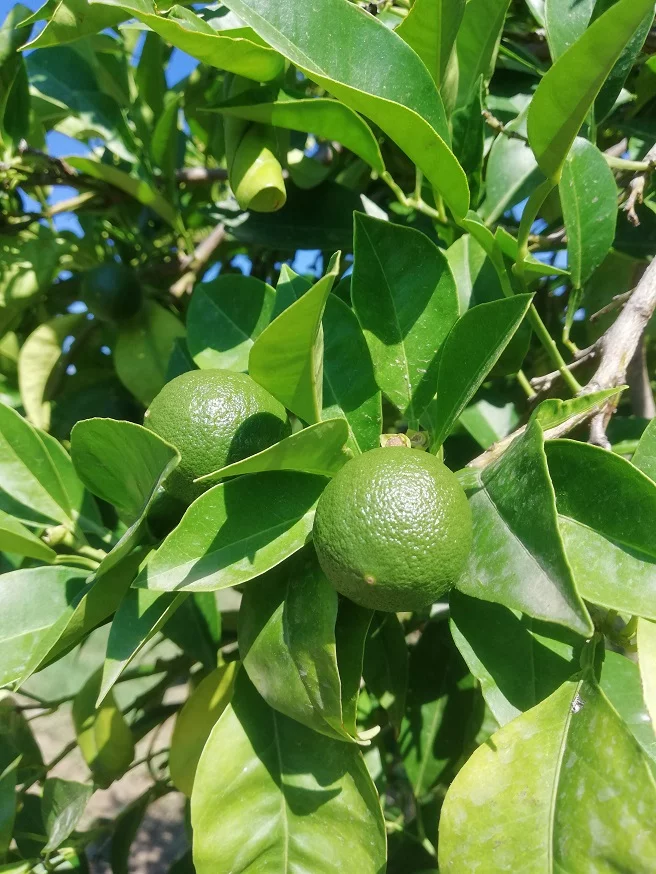
Although some people may think that this citrus fruit is useless and the fruit is not edible as other citrus fruit are, yet I would characterize it as being one of the most precious fruit in the world for the follow reasons:
- It can become a fruit preserve three times a year:
a) With the citrus blossoms,
b) When the fruit is green and unripe, such as the recipes I am posting today, and
c) With its peels, when the fruit matures.
- Its blossoms are used to make citrus blossom water.
- The ripe fruit is used to make one of the most aromatic marmalades.
- It’s zest can be used to flavour cakes, etc., (just substitute lemon zest with Seville orange zest).
- Its zest is used to make liqueur.
- Its juice is not bitter, as the name of the tree indicates, but sour. Therefore, we can use its juice to substitute lemon juice. In Cyprus, we use it to make Zalatina or pichti (aspic). Use it to make the most amazing Greek lemony potatoes.
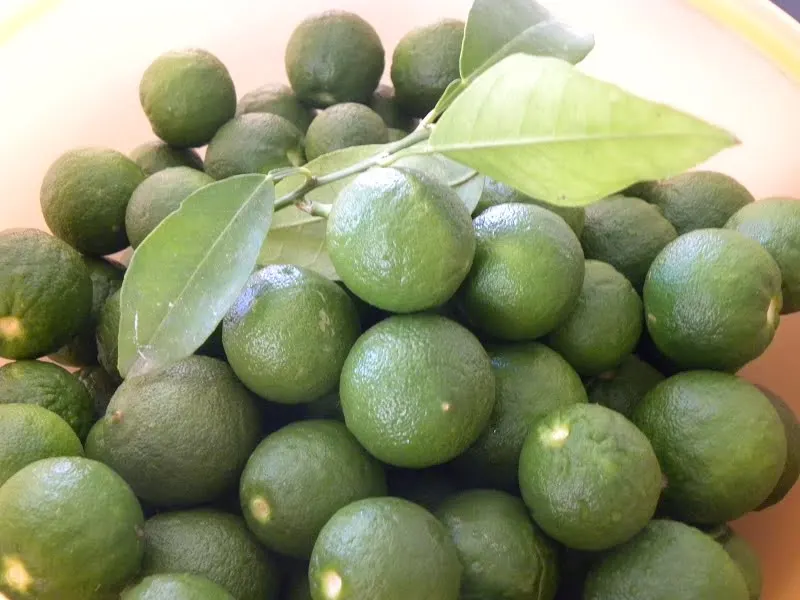
The best period to make “kitromilaki glyko” is in July or early August, depending on the weather. Some times, the citrus flowers bloom earlier than usual, so the fruit starts growing earlier than usual.
Instead of making the traditional recipe, I experimented and made it quite different, adding ginger as well. If you like ginger, you will love the combination of this bittersweet preserve combined with the peppery taste of ginger.
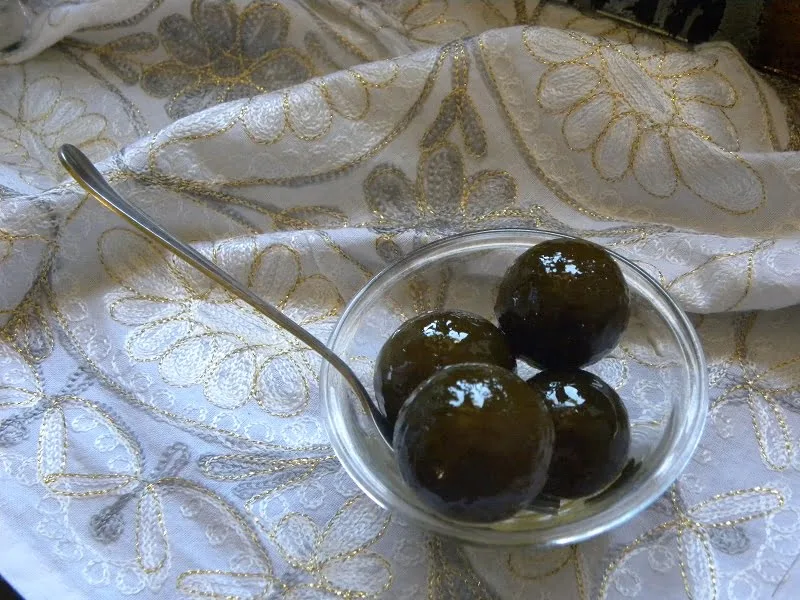
If the syrup sets properly, the fruit will be perfectly preserved until you eat the very last one. On the contrary, if it does not set properly, then mildew will form on top.
You don’t have to discard them as this can be fixed easily. At the end of the post you will find links, showing you what you have to do.
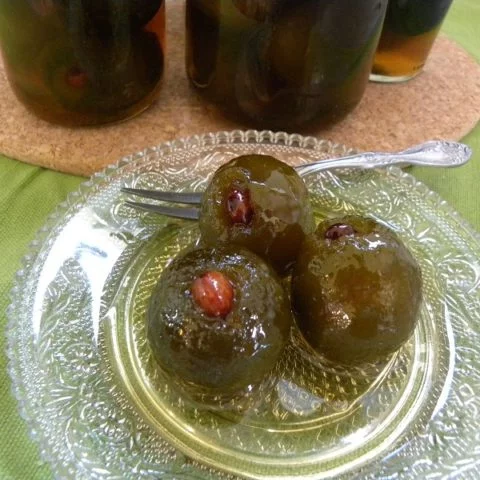
Kitromilaki or Nerantzi Glyko (Bitter Orange Spoon Sweet)
Kitromilaki or Nerantzi Glyko, is a fruit preserve made with Seville Oranges when they are small and the seeds have not yet developed inside.
Ingredients
- 50 small bitter oranges, the size of a walnut
- 5 cups sugar
- 1 cup honey
- 6 cups water
- 5 fragrant geranium leaves
- 20 cloves
- 1 cinnamon stick
- 50 almonds
- 1/3 cup lemon juice and the peel of 1 lemon (remove peel and then juice)
Instructions
- Wash the bitter oranges and put them in a big bowl with
water to cover them, for about one week. At the beginning the water will become green and at the end it will be much cleaner. - Change the water twice a day. On the third day, change
water again and bring to a boil and cook them for ten days. - When they can be handled remove the seeds using a nail.
Make a hole through the fruit from where the stem was and then using the
head of the nail remove the seeds. Wash inside. - Put them back on the heat and bring to a boil. Cook
until a skewer inserted in the fruit pierces it easily and the fruit falls off. - Remove them in a bowl with cold water and then drain.
- Put the sugar, honey, water, cinnamon stick, clove and the
geranium leaves in a pot and bring to a boil. Simmer for about 15
minutes. - Add the fruit and cook for 20 minutes.
- Set aside until they cool. Continue cooking for 10 minutes
each time, until the syrup has thickened. - Roast the almonds in the oven for 15 - 20 minutes. Remove the fruit preserve and add 1 almond in the cavity.
- Put them back in the syrup and cook for only a few minutes.
Add the lemon juice and when they have cooled store them in sterilized jars.
Notes
If the syrup sets properly, the fruit will be perfectly preserved until you eat the very last one If it does not set properly, then mildew will form on top.
You don't have to discard them as this can be fixed
easily
At the end of the post you will find links, showing you what you
have to do
Nutrition Information
Yield 50 Serving Size 1Amount Per Serving Calories 156Total Fat 1gSaturated Fat 0gTrans Fat 0gUnsaturated Fat 1gCholesterol 0mgSodium 12mgCarbohydrates 39gFiber 3gSugar 34gProtein 1g
Scroll down for the second recipe.
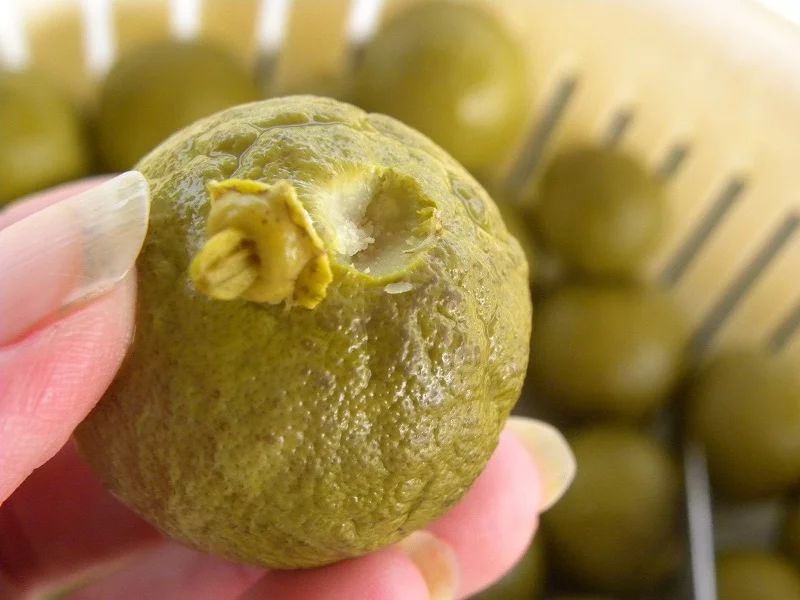
Update 2013:
Last year, when we moved to Assini, although it was late August and the fruit was not very tender, I was so excited that I made some of this preserve again.
Unfortunately as there were many things to do, as we just moved, the recipe had to wait until now.
This time, the procedure was made different than last years’. I first soaked the fruit to remove the bitterness and then made the preserve. However, any method you choose, the result will be the same.
The biggest pot I have is 11 litres. The cooking was made on a ceramic stove top which continues cooking until the ceramic cools. If you will be making it using gas, you will have to adjust the time of cooking.
At the end the syrup was not enough to cover the preserve but even if I wanted to add more sugar and water from the beginning, it would not fit in my 11 litre pot, so I had to do it in two stages.
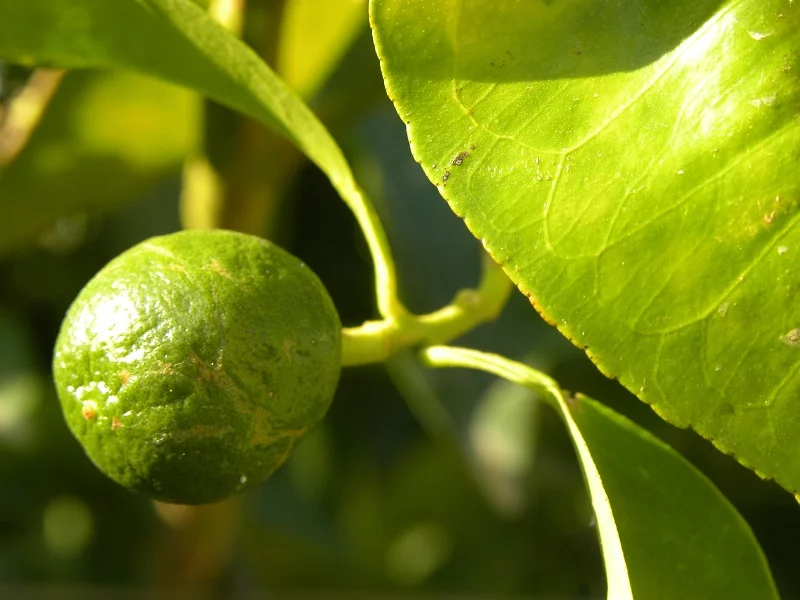
This year I made the fruit preserve while the bitter oranges were very tender.
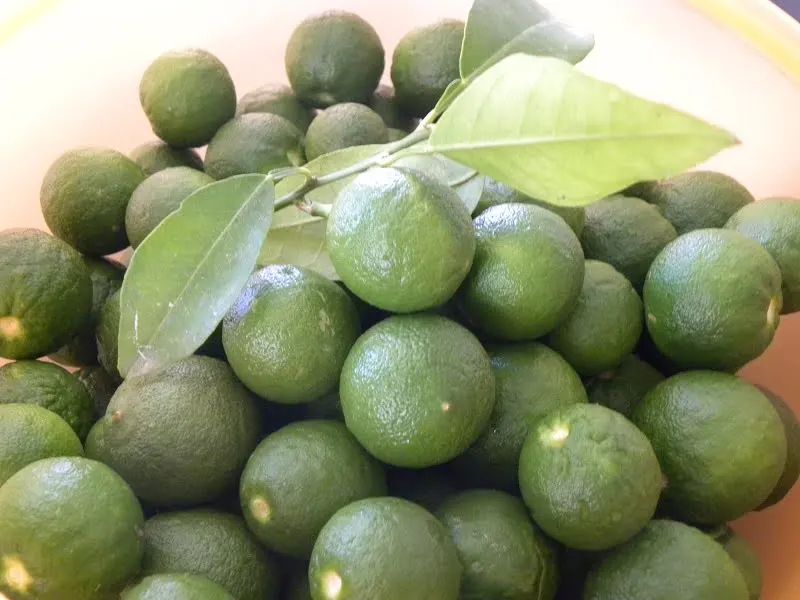
Before preparing the preserve, cut one in the middle to see if the seeds have developed so if they have, you will have to remove them.
As you can see in this picture they were very tender so I did not remove them.

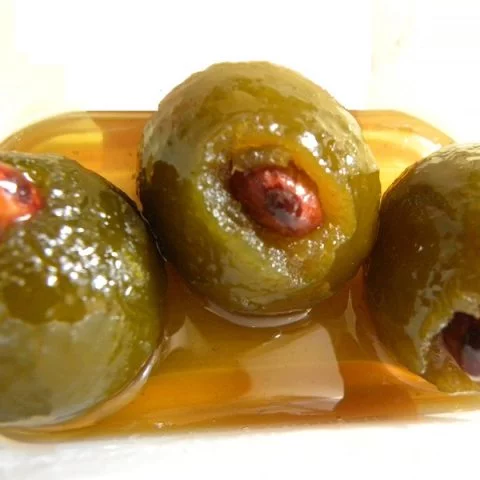
Glyko Nerantzi (Green Bitter Oranges preserve) with Ginger
Glyko Nerantzi is a fruit preserve made with Seville Oranges. This preserve is vegan and flavoured with Ginger.
Ingredients
- 120 small green Seville oranges, the size of a walnut
- 2 kilos sugar plus 3 cups
- 11 cups water
- 1 lemon peel
- 20 cloves
- 75 grams ginger with peel (60 grams net)
- 1 stick cinnamon
Instructions
- Wash the fruit and boil for ten minutes
- Turn off the heat and wait until they can be handled Remove the top part where the stem was and poke with a skewer to make holes in the fruit.
- Change the water twice every day for 5 - 6 days: You will see that the discarded water has become green.
- On 7th day drain and add layers of fruit and sugar Add water and wait until it dissolves Mix and make sure sugar has dissolved before putting it on the heat.
- First time bring at boiling point and boil for 20 minutes Leave it on the ceramic stove until late in the afternoon.
- Add the peel of 1 lemon, the grated ginger, 20 cloves and 1 cinnamon stick 2 - 3 inches long. (If you like add ginger but this year I did not have any).
- Bring to a boil and cook for 20 minutes Leave it on the stove top to cool until the following morning.
- Next day, boil again for 10 minutes or until the syrup sets. See links at the end of the post to know when the syrup is ready.
- At the end add the lemon juice and cook for 1 more minute.
Notes
When it cooled it was placed in sterilized jars but syrup was not enough to cover them.
To fix this, I made a new batch of syrup I used 1 kilo sugar, 4 cups water, 1 cup honey, 1 lemon peel and 2 tbsp lemon juice.
I boiled the syrup for 7 minutes I then mixed it with the other syrup and filled the jars.
Nutrition Information
Yield 120 Serving Size 1Amount Per Serving Calories 68Total Fat 0gSaturated Fat 0gTrans Fat 0gUnsaturated Fat 0gCholesterol 0mgSodium 3mgCarbohydrates 17gFiber 2gSugar 13gProtein 1g
Fruit Preserves (Glyka tou Koutaliou)
Fruit preserves, called "glyka tou koutaliou", served in little plates, are an inherent part of Greek culture, where they are offered to guests, as an act of hospitality. Almost any fruit, even vegetables, flowers and nuts can be made into a preserve.
Here is a selection of my favourite fruit preserves.
Glyko Karydaki - Fresh Walnuts Preserved in Syrup
Karydaki, which means young walnut, is one of the best Greek traditional spoon sweets.  The preserve is made with unripe green walnuts at the end of Spring.
Chestnut Preserve (Glyko Kastano) and Marrons Glacés
Chestnut Preserve (candied chestnuts) or Marrons Glacés, are a wonderful winter treat and a perfect gift during Christmas or other occasions.
Glyka tou koutaliou (Greek Spoon Sweets)
Preserve your fruit, vegetables or nuts! See how to make fruit preserves with these tips and recipes.
How to fix Spoiled Fruit Preserves
If your fruit preserves or jams have mildew or if the sugar has crystalized, don't throw them away as these can be easily fixed.
Other related posts:
About Spoon sweets
How can we tell if the syrup is ready?
Fixing spoon sweets
How to sterilize jars
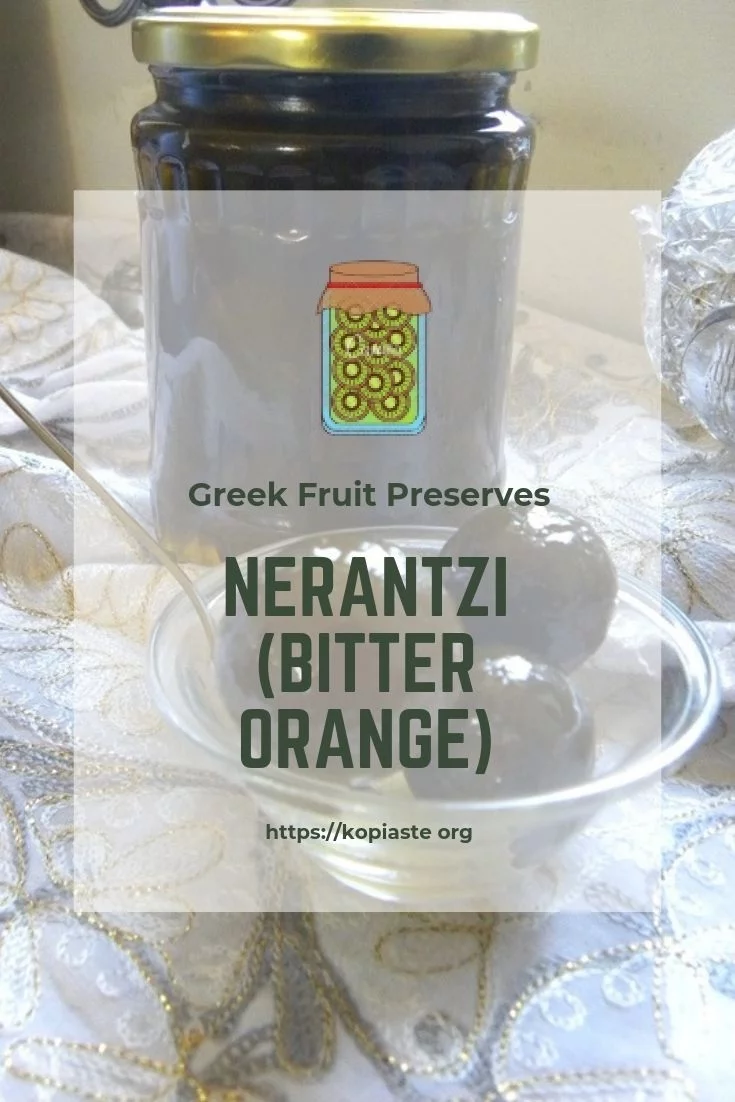
Kopiaste and Kali Orexi,


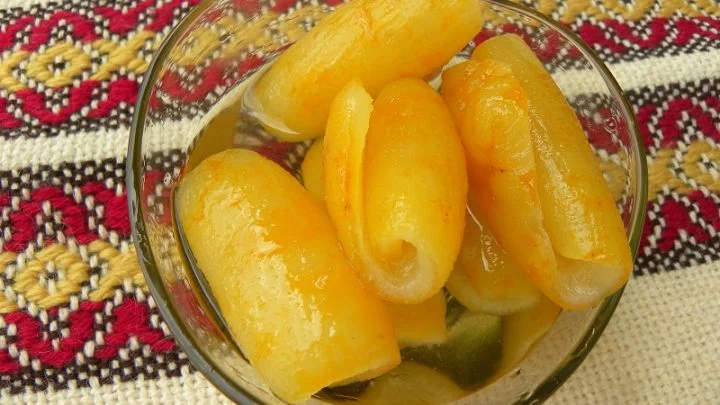
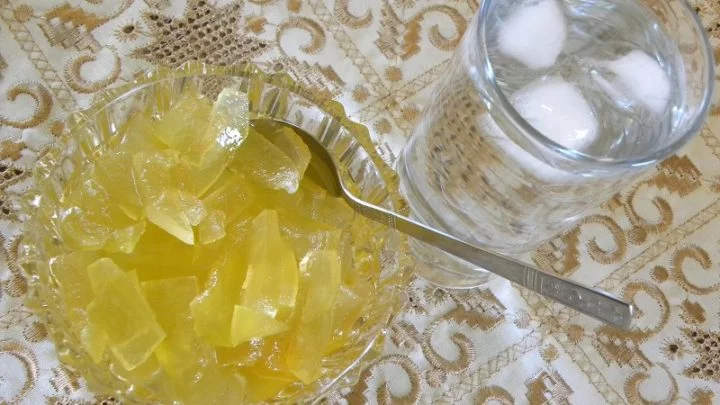
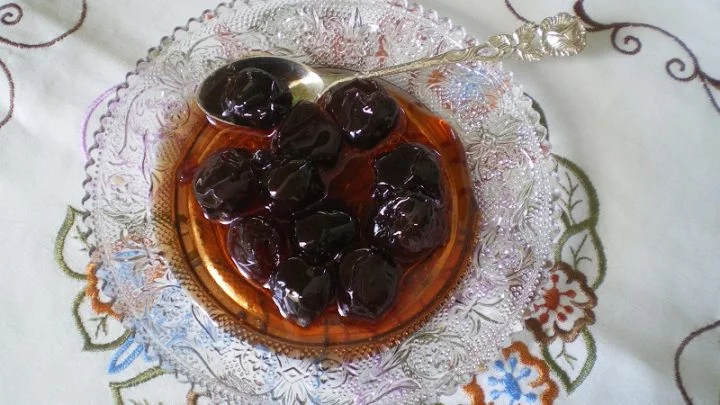

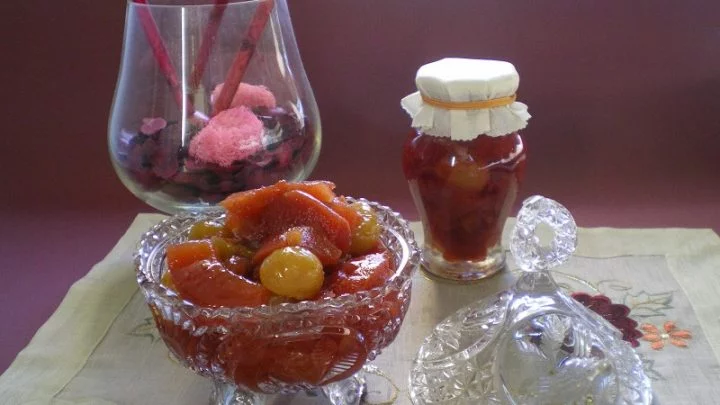
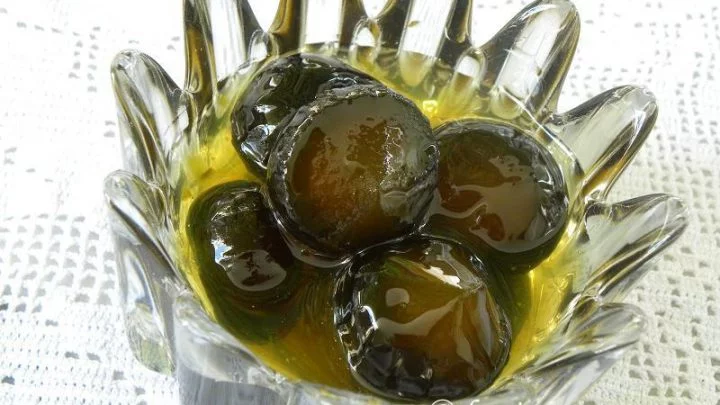
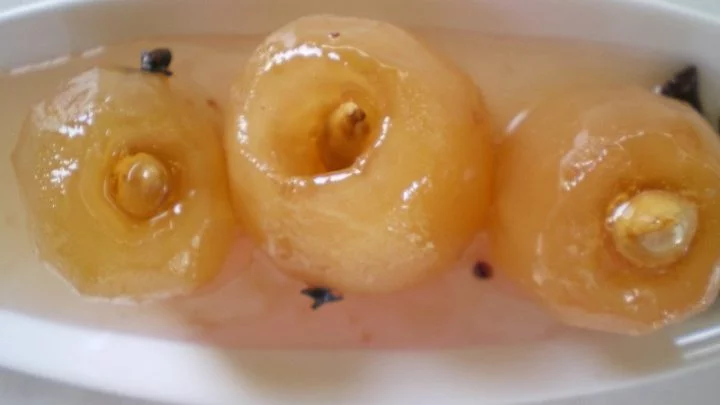
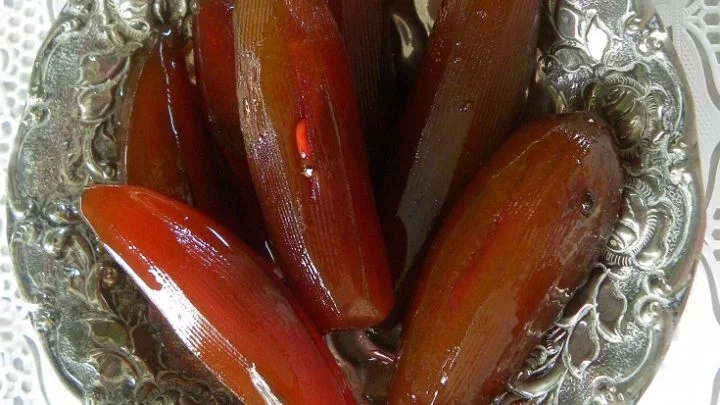

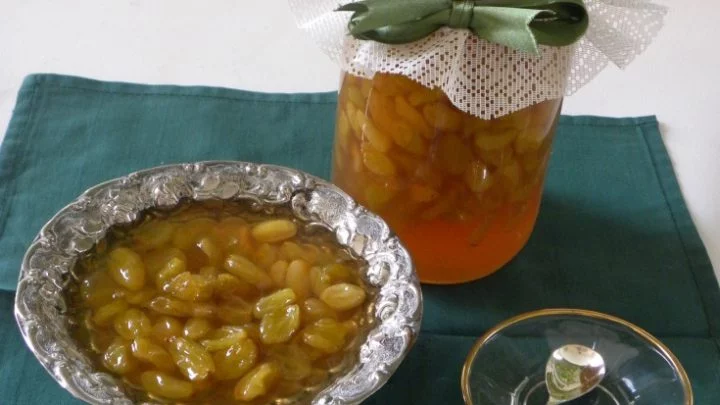
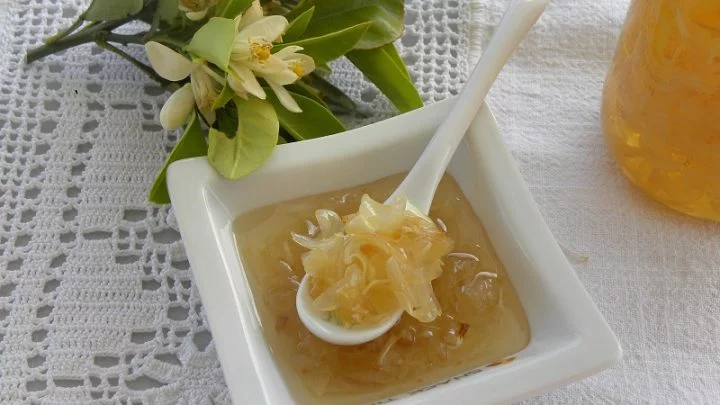

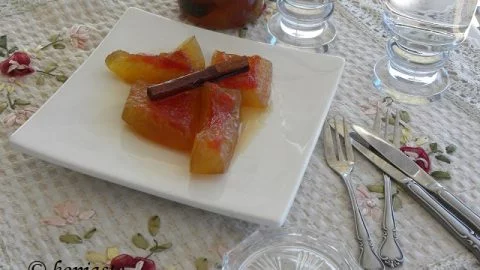
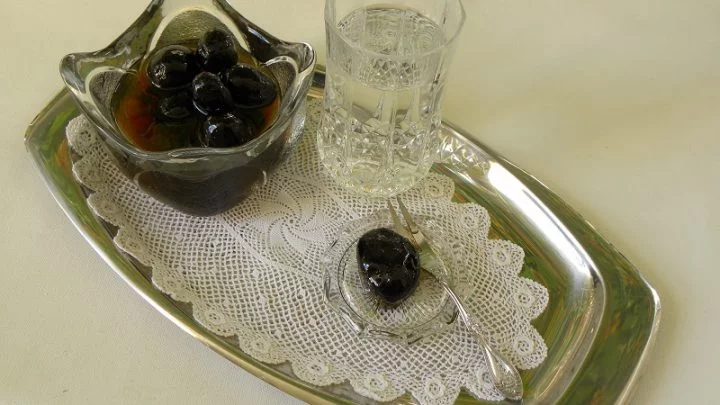
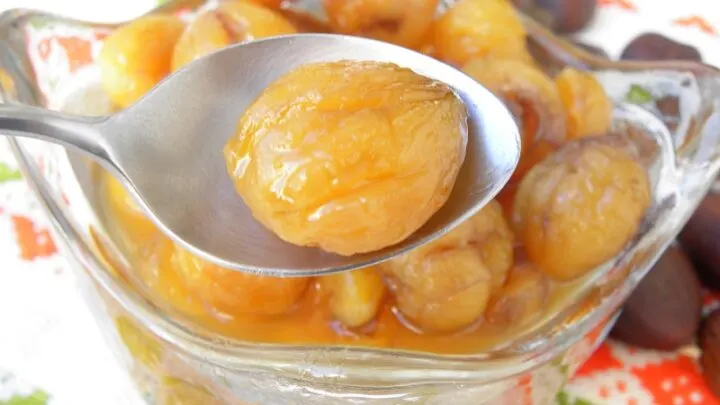
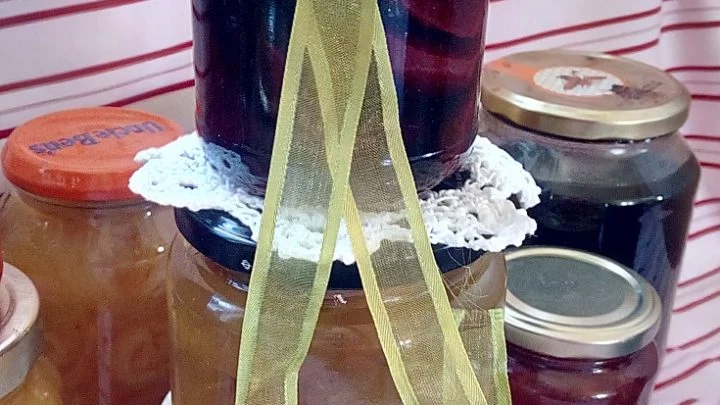
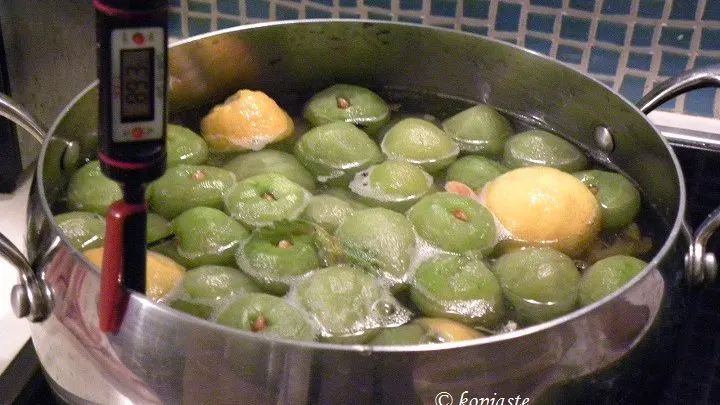

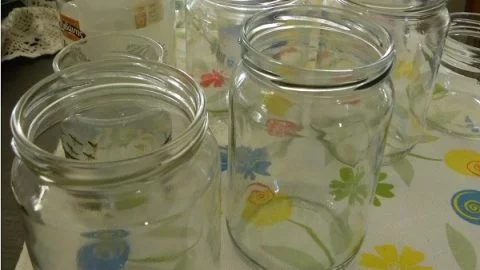

Classic Seville Marmalade - The Wild Epicurean
Friday 10th of February 2023
[…] roads, especially in the cities where they decorate the streets. The orange blossoms are used for blossom water, the unripe fruit for ‘glyko’ and the juice as a secret ingredient in lemony Greek potatoes. Known as Nerantzi, they are not bitter but fragrant, sour and tangy. I […]
Jannet
Friday 19th of February 2016
Hi everyone, it's my first visit at this web site, and post is genuinely fruitful in favor of me, keep up posting these types of content.
Jason
Monday 21st of September 2015
How would you recommend making the whole orange spoon sweet? I think they are mandarin oranges. Do you have to remove part of the rind?
Sue
Tuesday 24th of November 2009
My Cypriot friend Georgy,makes lemons in syrup,how can I preserve the lemons ( Spoon Sweet ) would love the recipe. sue
ivyliac
Tuesday 24th of November 2009
Unfortunately I have never made a lemon spoon sweet. The other day I ate the most amazine orange spoon sweet, with the fruit inside, quartered. You can try following the instructions I have for the bergamot spoon sweet. If you have a lot of lemons I have a lemon marmalade if you are interested in making some.
Ivy
Tuesday 20th of November 2007
Wish I had some. My neighbourhood is full of nerantzies but there is so much pollution I do not think they are edible.